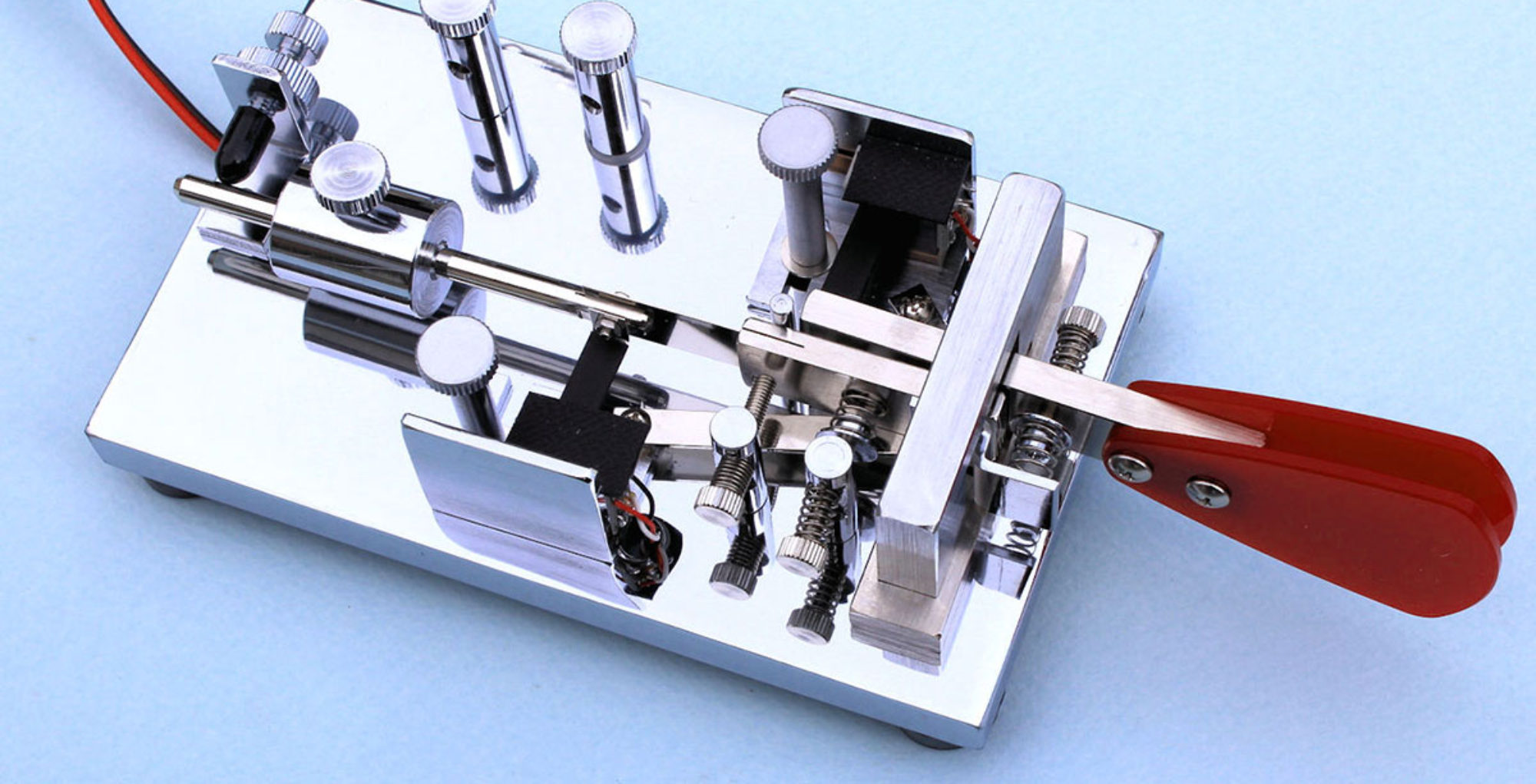
My “radio career” started when I was quite young, maybe 7 or 8 years old. I would visit my grandfather and listen to his Philco floor-standing radio. It had both AM and shortwave bands and a green “Magic Eye” tube to help tune in stations. The foreign languages, dits & dahs, and sounds of “roaring airplane engines” I heard coming out of the loudspeaker were all new and a mystery to me!
Eventually Grandpa gave his radio to me and I brought it home to install next to my bed. Soon I graduated into a broadcast band SWLer when I acquired a modern 5-tube receiver. White’s Radio Log was used religiously to help identify the distant radio stations that would fade in and out amongst the static crashes from distant storms.
Time passed and when I entered my sophomore year in high school, a classmate (Mike White – KØEZK) suggested we create a high school radio club and invite kids to get their ham radio license. At that time (1961) the Novice license required 5 wpm CW skills, some basic radio theory, and radio regulations knowledge. The code came relatively easy for me and by November I was ready for “The Test.” It would be administered by my neighbor who conveniently lived right across the street! His name was John Lonsky – WØBSI (SK).
John added to my suspense of getting my license. He said the test had to be graded by the FCC and it might take a month or two. He said I should include a self-addressed postcard so they could indicate whether I passed or failed. If I passed, I could simply wait for the official license to arrive.
All of the paperwork was mailed to the Saint Paul FCC Field Office in early December. The postcard came back a few days later with “Passed” checked off! Next was my agonizing wait for the license to arrive. It came in the third week of January 1962 and I would soon be on the airwaves known as WNØBGF.
My next steps were on-the-air operating to gain proficiency and studying for the General Class test. By June I was ready to make the trip to the FCC Field Office to take that test. I was more confident in my CW skill than the written test. I was so confident of my I brought my Vibroplex clone key with me! The FCC engineer hooked it up and I sent code for a minute or so when he said “Okay, that’s good!” In a few weeks my upgraded license arrived with WAØBGF as my new call sign.
And now, fast forward into the very late 1960s and early 1970s. There was this new “Incentive Licensing” system to contend with. That program motivated me to pursue the Advanced and Extra Class licenses to avoid losing any band privileges.
I was operating CW in the 30 WPM range during many contests so I thought the Extra Class 20 WPM requirement would be a “walk in the park.” My confidence plummeted into nervousness when it was my turn to be tested and graded! But as nervous as I was, I passed everything and became an “Extra Class” licensed operator.
I believe the incentive licensing program, and the huge backlash that ensued, might have been a catalyst for the FCC to accept call sign requests of an operators’ choosing. As I remember, there was a 3-gate system to qualify and apply for a new call.
I qualified for the first group and requested KØRC, my initials. It was “first come, first served” processing so I drove directly to the main post office to elevate my chance to get my first choice. It worked.
I have focused my introduction with highlights of a few facts and emotions of the first decade of my 60-year amateur radio career. CW remains my first choice of operating modes with RTTY following closely behind.
I want to thank Larry Menzel, WØPR for his initial nomination and all my other friends in the Minnesota Wireless Association who voted to include me in this CW Operators organization. I’ll see you on the air.
This biography is what appeared in Solid Copy when the member joined CWops.
